DA-36 - GIS&T and Public Policy
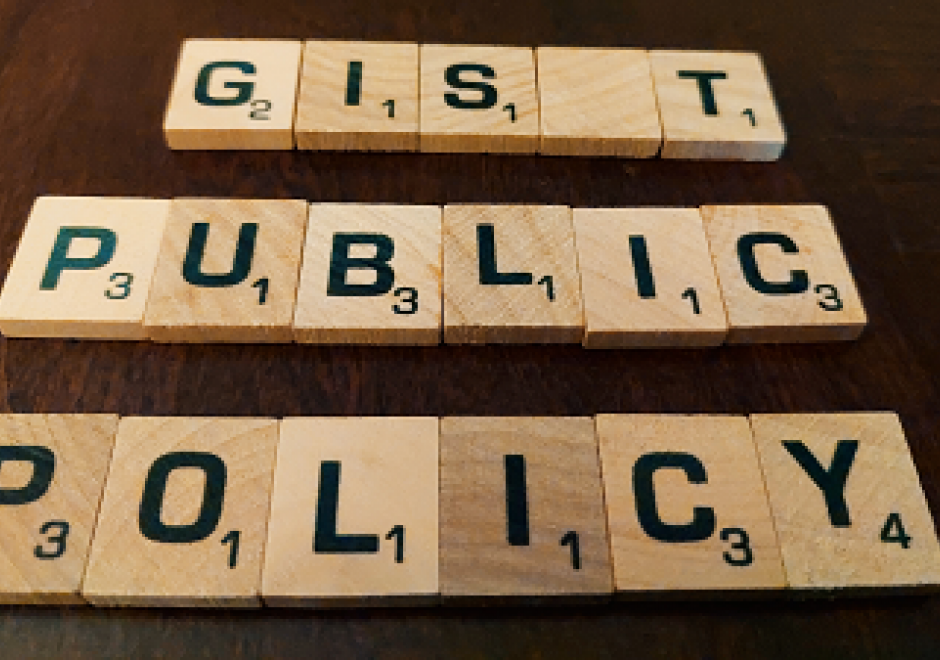
Public policy is the formal and informal guiding principles that are used by governments and other decision-making entities to guide our everyday lives. Geographic Information Science and Technology (GIS&T) has had an impact on the public policy process since GIS&T’s earliest beginnings in the 1960s. Advances in the development and availability of both geospatial technology and geospatial data paralleled a growing use of data-driven rational planning and decision-making models in policy making at all levels of government. Today more than ever, successful public policy depends on high-quality data and the technology that communicates its meaning effectively. Beyond the rational application of scientific or systematic methods, public policy is about values and how values affect, and are affected by, policies. This requires delivery of credible information in a transparent, understandable form not only to decision makers responsible for adopting policy, but also to various categories of stakeholders whose behavior will be impacted in some way by the policy’s implementation. GIS&T continues to play an important role in that endeavor, including making value conflicts more seeable and knowable. Included in the entry is a summary of the public policy process and its participants, followed by a brief overview of how GIST’s role in public policy has evolved over the last 50 years. The entry concludes by outlining a sample of real-world applications and presenting a discussion of related issues and future considerations.


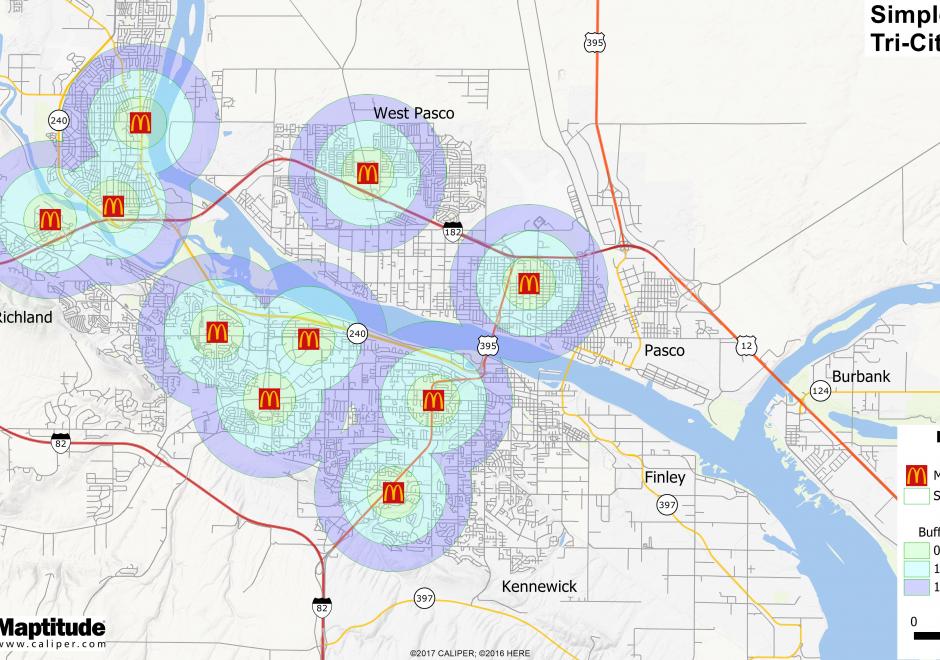
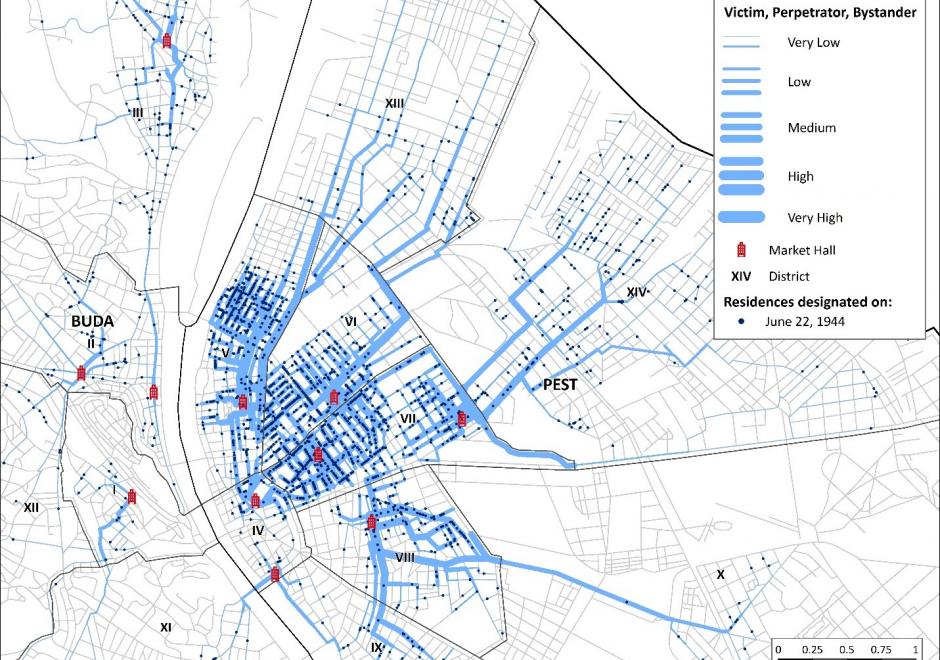
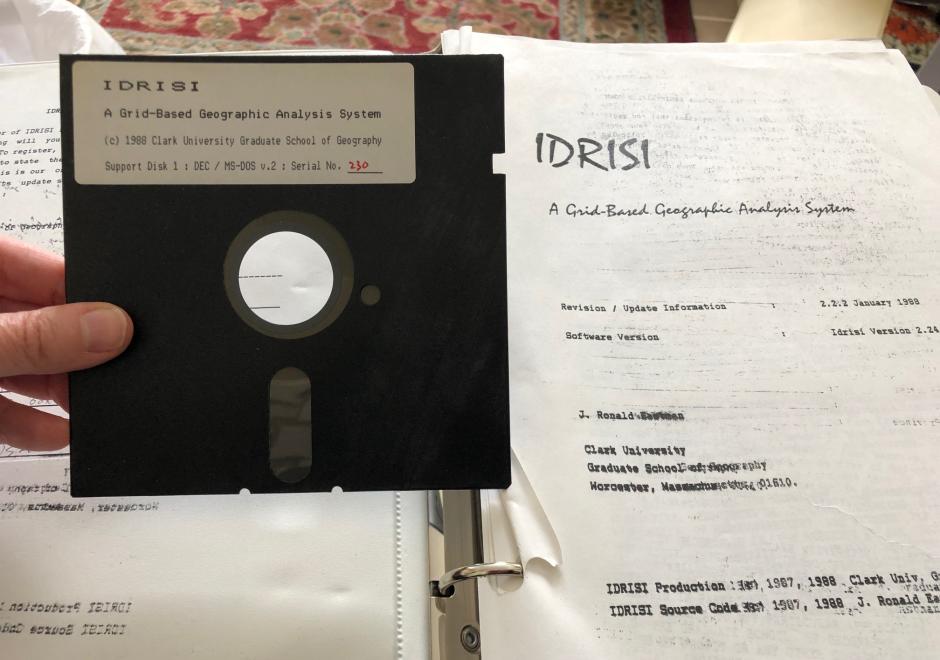
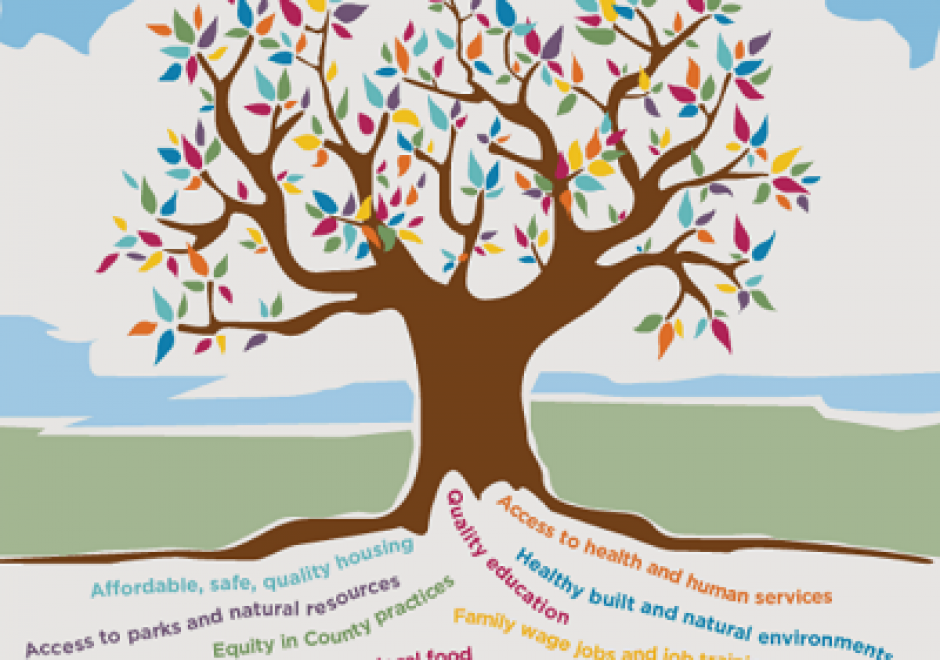
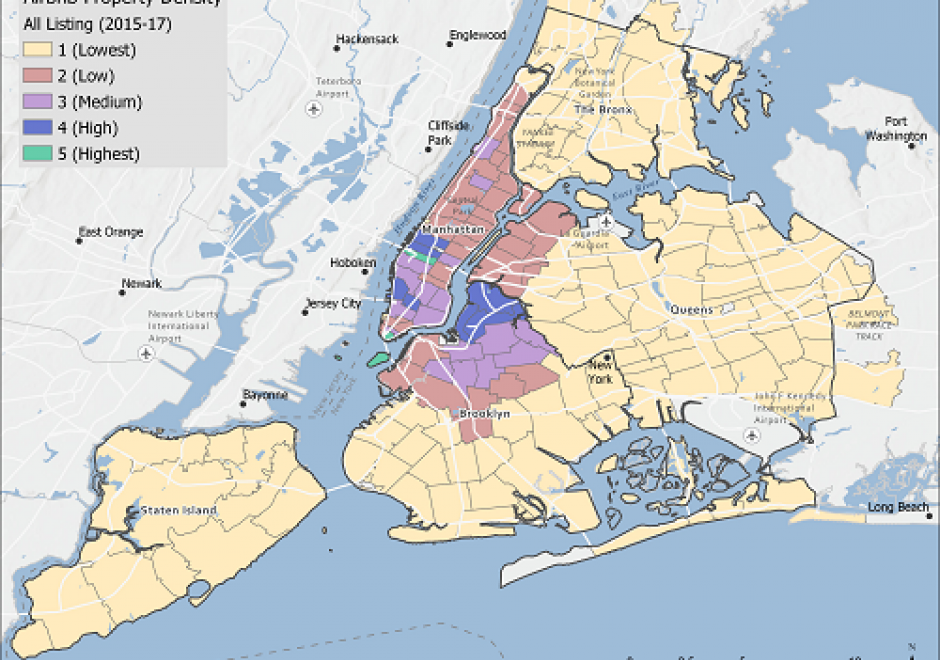
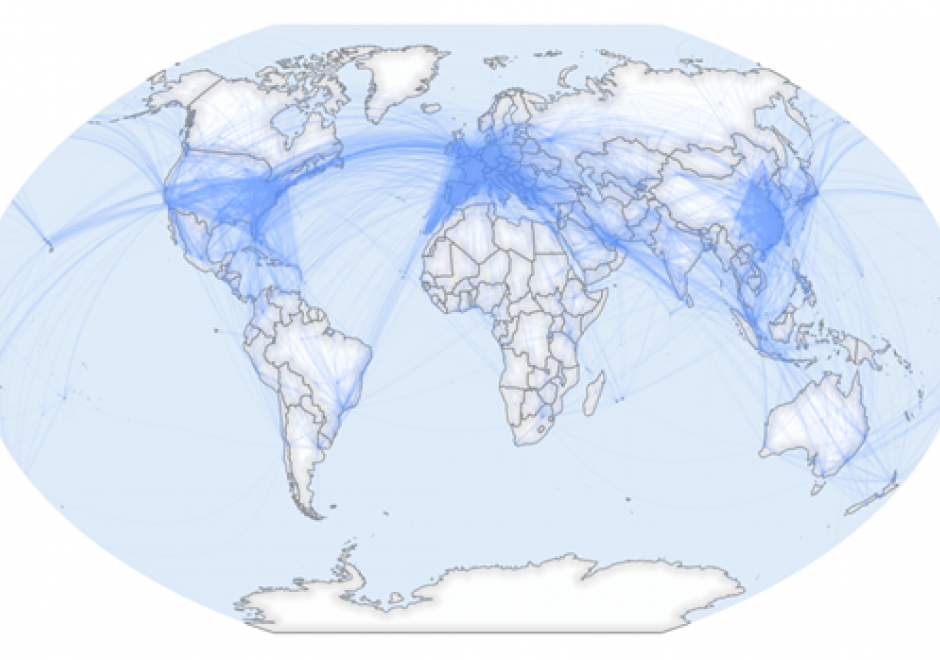
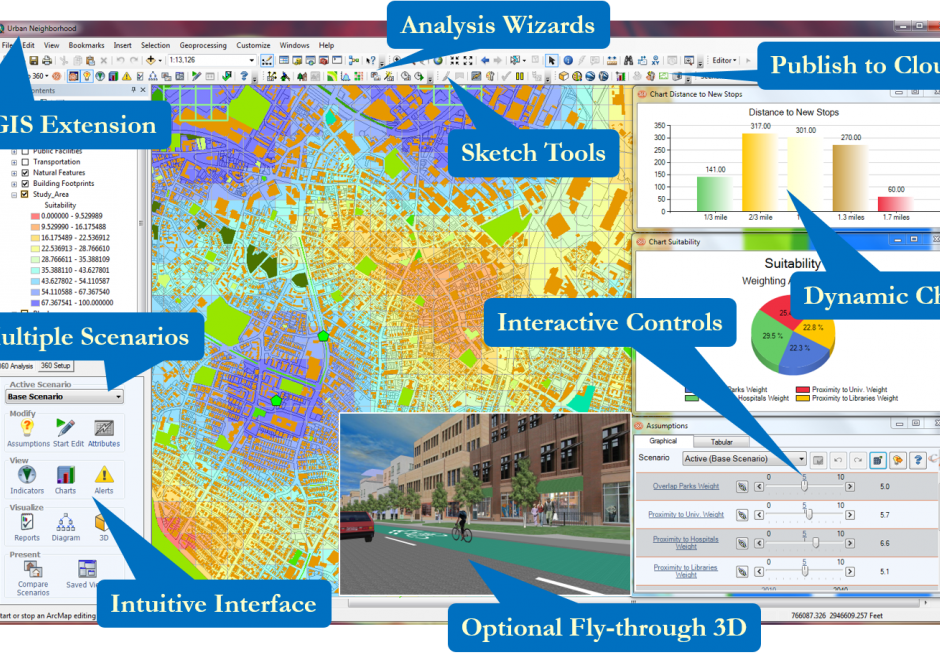
DA-35 - GIS&T and Public Health
Contemporary environmental problems, global climate change, globalization, and urbanization have imposed severe impacts on human health. Meanwhile, disparity became a major concern in healthcare policy making and resource allocation. Within this context, GIS have been rapidly expanding and deepening their applications in the domain of public health. GIS applications in public health can be classified into three broad categories: 1) spatial/spatiotemporal modeling of specific diseases, including chronic diseases and communicable diseases, as well as their associations with environmental risks; 2) spatial/spatiotemporal modeling of environmental exposures from physical, behavioral, and/or socioeconomic environments; and 3) studies on healthcare services, including assessment of geographic access to healthcare facilities, investigation of disparity in the access, and optimization of resource allocation. The boundaries between these divisions are not clear-cut. Meanwhile, applications in public health have also been pushing the frontiers of GIS research on spatiotemporal modeling, high-performance computing, uncertainty, big data of human mobility, and geospatial privacy.